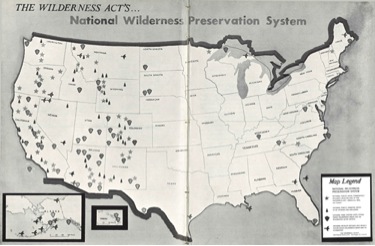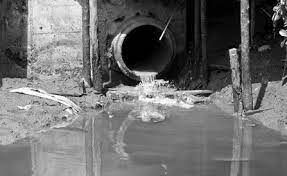- ENVIRONMENT -
“We urgently need an end to these false assurances, to the sugar coating of unpalatable facts. It is the public that is being asked to assume the risks that the insect controllers calculate. The public must decide whether it wishes to continue on the present road, and it can do so only when in full possession of the facts.”
~ Silent Spring by Rachel Carson
Wilderness Protection Act (1964)
The Wilderness Protection Act (1964) established the National Wilderness Preservation System, which currently protects around 111 million acres of land and water. This also prohibits activities that would harm the areas' wilderness, but doesn't limit activities such as hunting and fishing. These areas are managed by organizations such as the Bureau of Land Management, National Park Service, US Fish and Wildlife Service, US Forest Service, and more.

“The Wilderness Act’s... National Wilderness Preservation System: Areas to be Considered for or included in the National Wilderness System as Provided in the Wilderness Act, S.4, and in the Saylor-Quie-Cohelin Wilderness Bills.”
The Living Wilderness (Spring-Summer 1964). Wilderness Society Papers, Denver Public Library, CONS130.
Water Quality Act (1965)
The Water Quality Act (1965) emphasized water standards on all water. Its importance was significant, as not only does it help our environment, but also ourselves by keeping our water clean. This ordinance focuses on the pollution in water, regulating the chemical, physical, and biological integrity of it. This process is vital for our society as it keeps us healthy and safe from harmful substances in our everyday water.

Section 10 prohibits the building of any wharfs, piers, jetties, and other structures without Congressional approval. This section also designates the approval of excavation or fill activities within navigable waters to the Chief of Engineers.